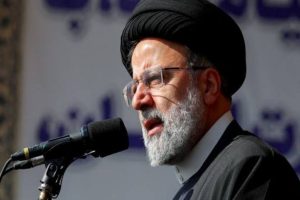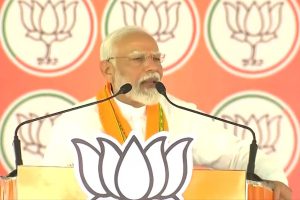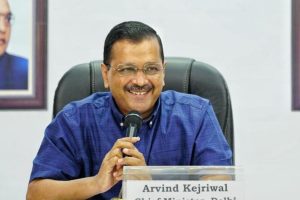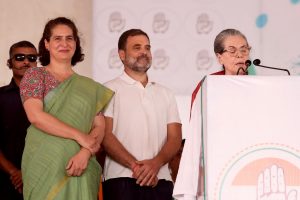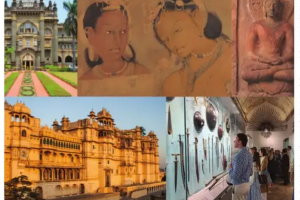Ratna Sarkar is a Railways’ child. She has seen the evolution of the Indian Railways over the years. Her father, a Glasgow-returned engineer, BC Basu, was employed with the North West Frontier Railway (NWFR) in undivided India, in Lahore. Though she was actually born in Dhaka, in her maternal grandmother’s house, her other siblings were born in either Delhi or Lahore. All of them grew up in the beautiful railway colony belonging to the NWFR in pre-independent India.
When the subcontinent was partitioned, her father was given a choice: continue or move to India. “We moved to Delhi on 9 August 1947,” she recalls, her memory as sharp as steel. As she had just matriculated, she was admitted to Indraprastha College with a provisional certificate from her school, the Sacred Heart Convent. But it was difficult to find schools for her three brothers and two sisters, so their mother brought them to Kolkata to live in a rented house in Ballygunge. Back in Calcutta, she joined Loreto House for her BA degree.
At 19, she was married to a civil engineer, Mihir Kumar Sarkar, who belonged to the Indian Railway Service Engineer (IRSE) cadre and who also served in Lahore and other centres of the Indian Railways. “Of course we didn’t meet there!” she laughs. After an “arranged” marriage, she moved with him to Bombay, as he was posted under the Central Railway. Throughout his career, he was transferred several times, the biggest stint being with North Eastern Frontier Railway in Guwahati. .
Advertisement
She remembers the various railway colonies, with their huge bungalows and lawns. The Railway families were almost like Indian Army families, ready to be on the move anytime. “But I tried not to put my children into boarding schools, which many railway families did, even though their schools had to be changed several times,” she says of the constraints. The good side was, “I made life-long friends, some of whom also married into the Indian Railway,” she adds, listing the fun activities at the Railway Club and the community work for the underprivileged and living in various railway quarters such as Colvin Court in Howrah and Godfrey Mansion in Garden Reach. “The greatest fun was travelling long distances in what was known as the 8-wheeler—a first-class coach—with drawing, dining, bed rooms, and even a private kitchen in which a khansama cooked meals.”
Yes, indeed, it was a charmed life.
Advertisement


